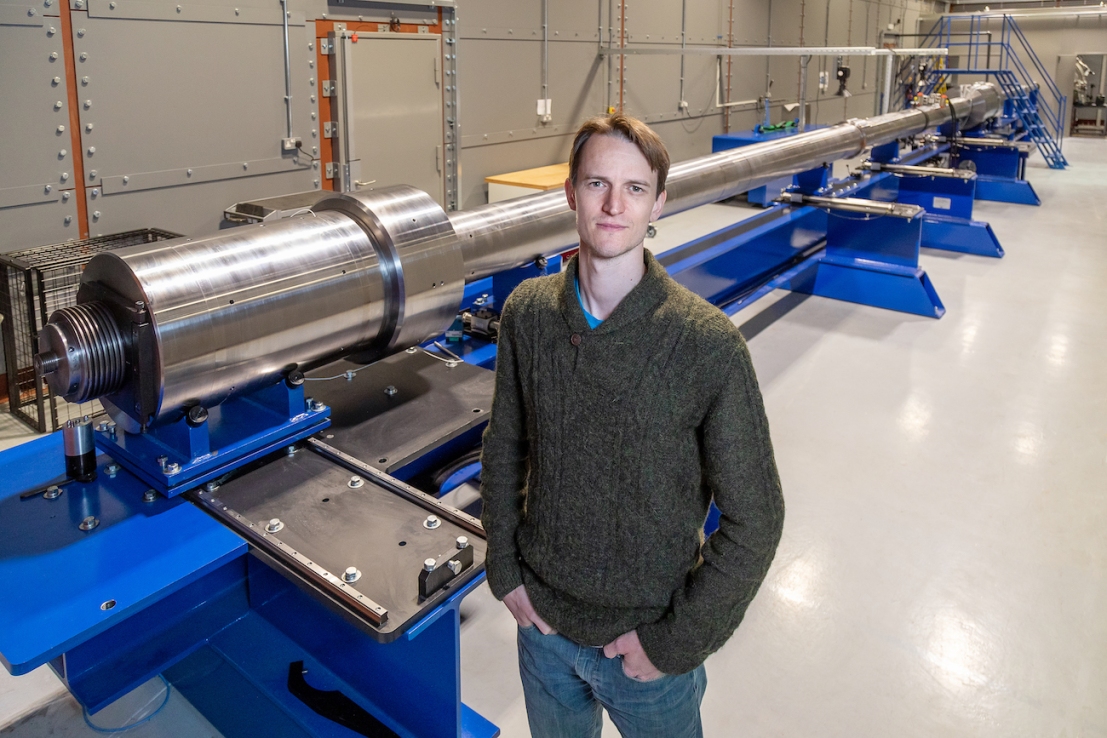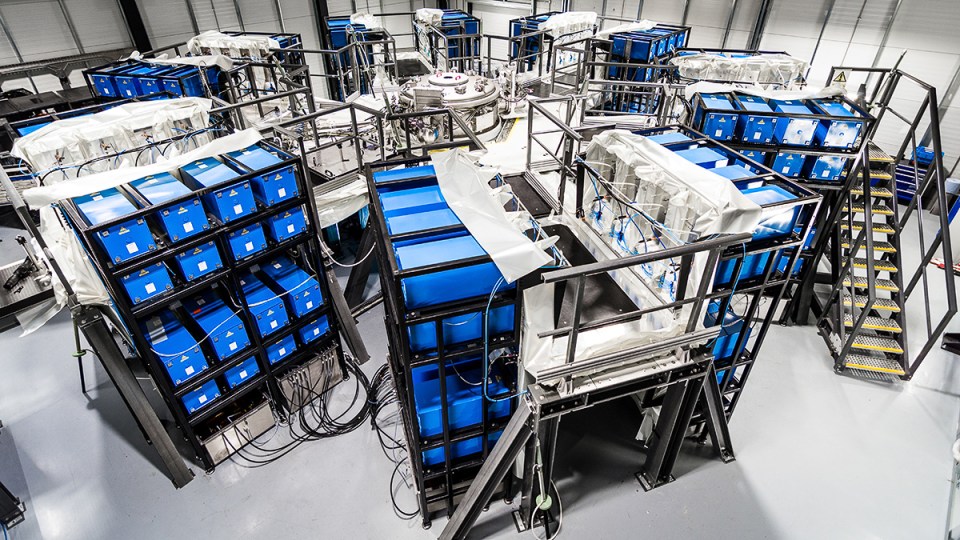
The crown jewel of energy production, nuclear fusion using a projectile, may have been cracked in a major scientific breakthrough by a start-up in Oxford.
First Light Fusion (FLF) was praised by business and energy secretary, Kwasi Kwarteng, after it announced it had achieved the reaction in its Kidlington laboratory.
The experiment fused two atoms together at very high temperatures, with FLF using a 22-metre gas gun to fire a 100g projectile at 20 times the speed of sound, according to the Telegraph.
Those behind the project said it was a world first, and more efficient and cleaner method of producing energy through fusion than its rivals.
This comes as the UK looks to wean itself off Russian energy, and move towards net zero, by reducing dependence on fossil fuels.
Downing Street is expected to unveil the UK’s energy security strategy on Thursday, which will likely include a ramp up of renewables, nuclear power and North sea oil and gas exploration.
However, the potential of fusion power could be transformative for the energy sector, and the government is likely to watch future developments over the coming years with interest.
Kwarteng heralded the “British-born technology” which “could potentially revolutionise power production in the coming decades” and that it was investing in the sector so “we remain at the forefront of the global scientific endeavour to make safe, clean, limitless fusion energy a reality.”

Dr Nick Hawker, co-founder and chief executive of First Light Fusion said: “The design used to achieve this result is already months out of date.
As soon as we reach the maximum with one idea, we invent the next, and that incredible journey of discovery is what is so exciting.”
Ian Chapman, United Kingdom Atomic Energy Authority chief executive, said: “Fusion promises to be a safe, low carbon and sustainable part of the world’s future energy supply, and we support all advances in this scientific and engineering grand challenge.
“These results are another important step forward, and we are impressed that First Light have arranged independent analysis of their result.”